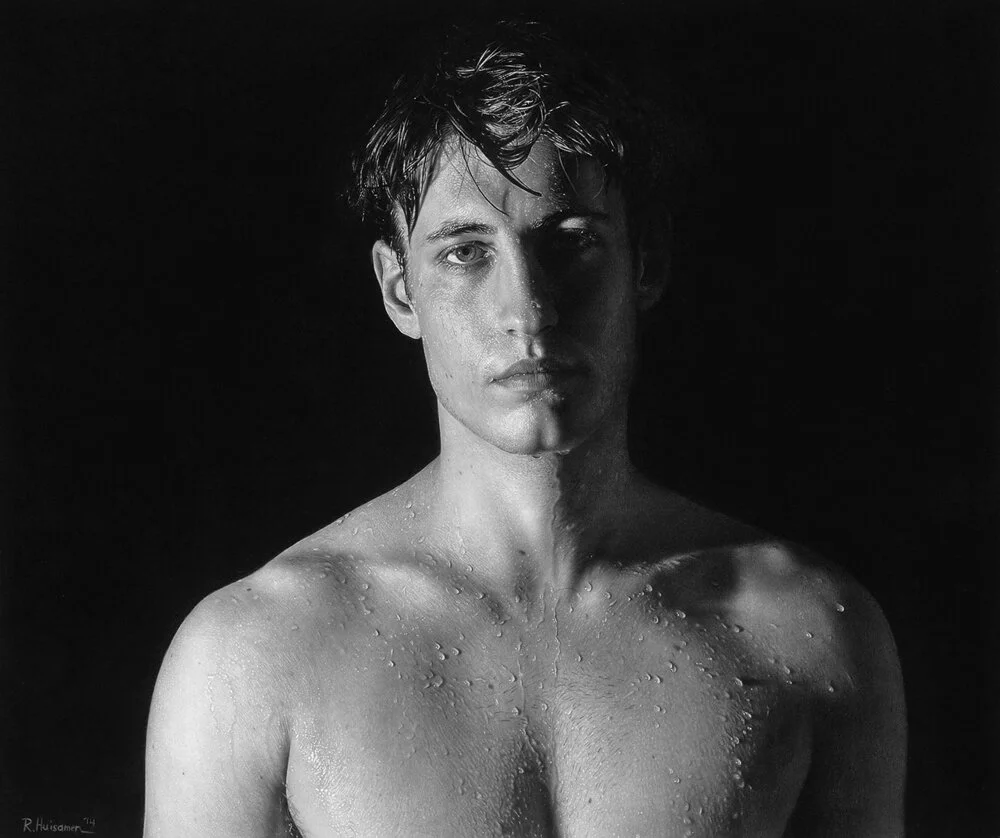
Untitled II
Charcoal and graphite on fabriano paper. 72 x 61 cm. Sold
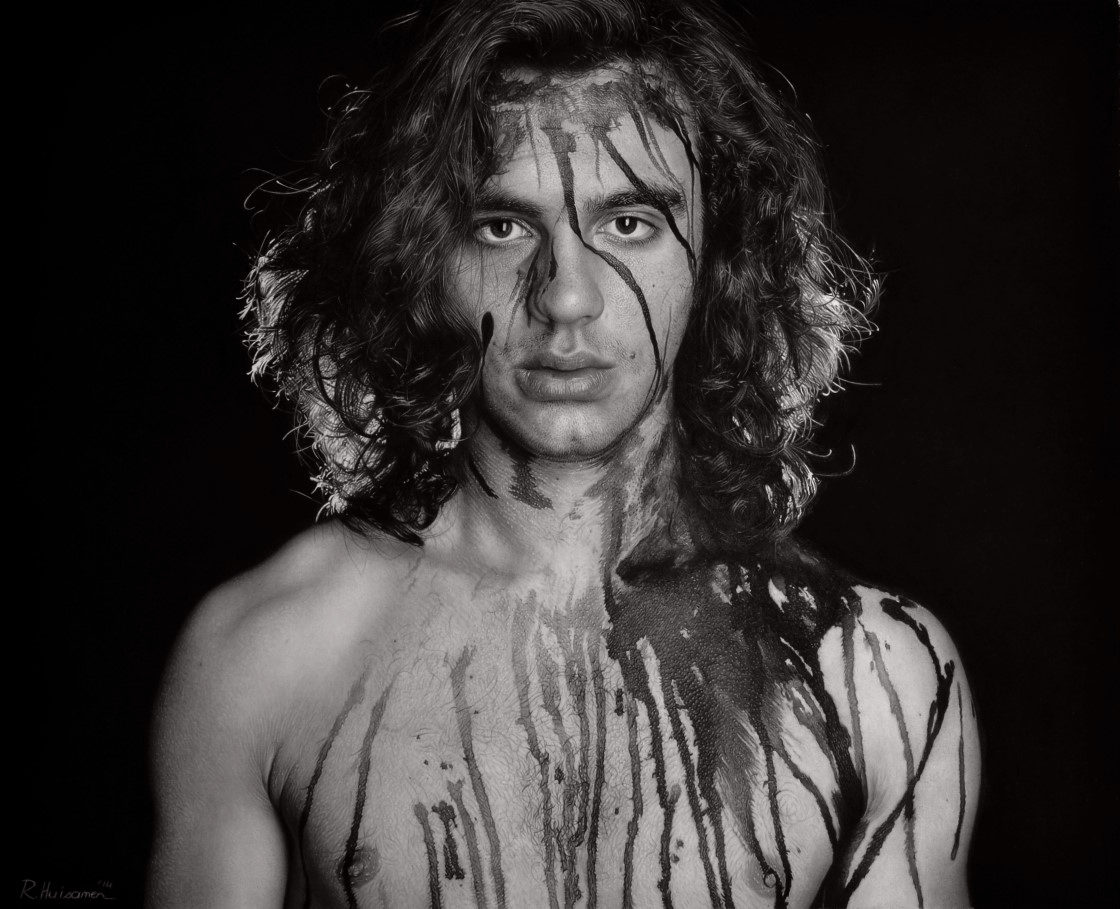
Novus
Charcoal on paper. 69 × 56cm. February 2015. Sold
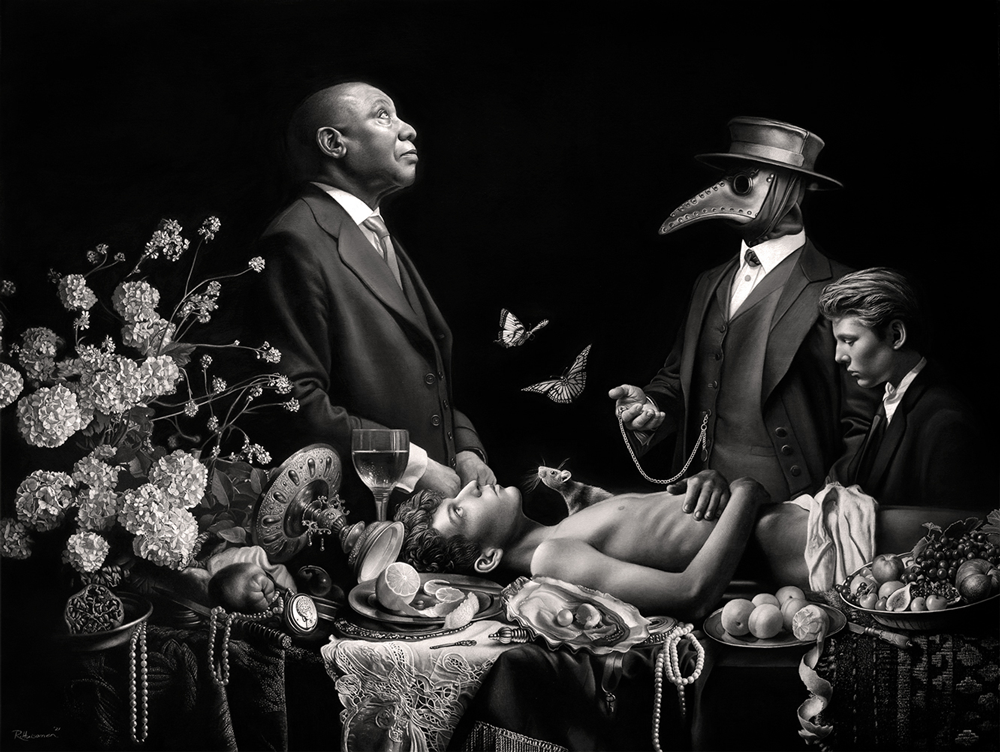
Verte-de-Gris Vanitas
Sold

I'm Not There
Charcoal on Paper. 86 x 62 cm. May 2023. Available
Portrait Award Finalist

The Ghost at the Feast
Charcoal on Paper. 160 x 80cm. August 2023. Available

Narcissus
Charcoal on paper. 88 X 75 cm. September 2024. Available

Ship Of Fools
Sold

Death Sets In at the Feet First
Charcoal on paper. 50 x 50 cm. June 2025. Sold
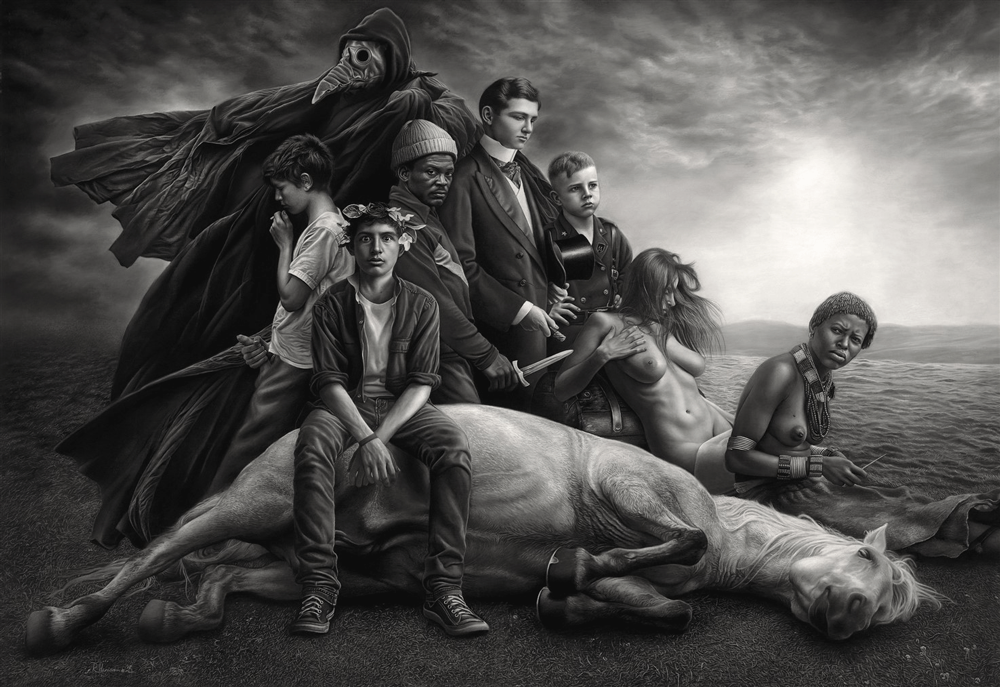
Equus
Sold
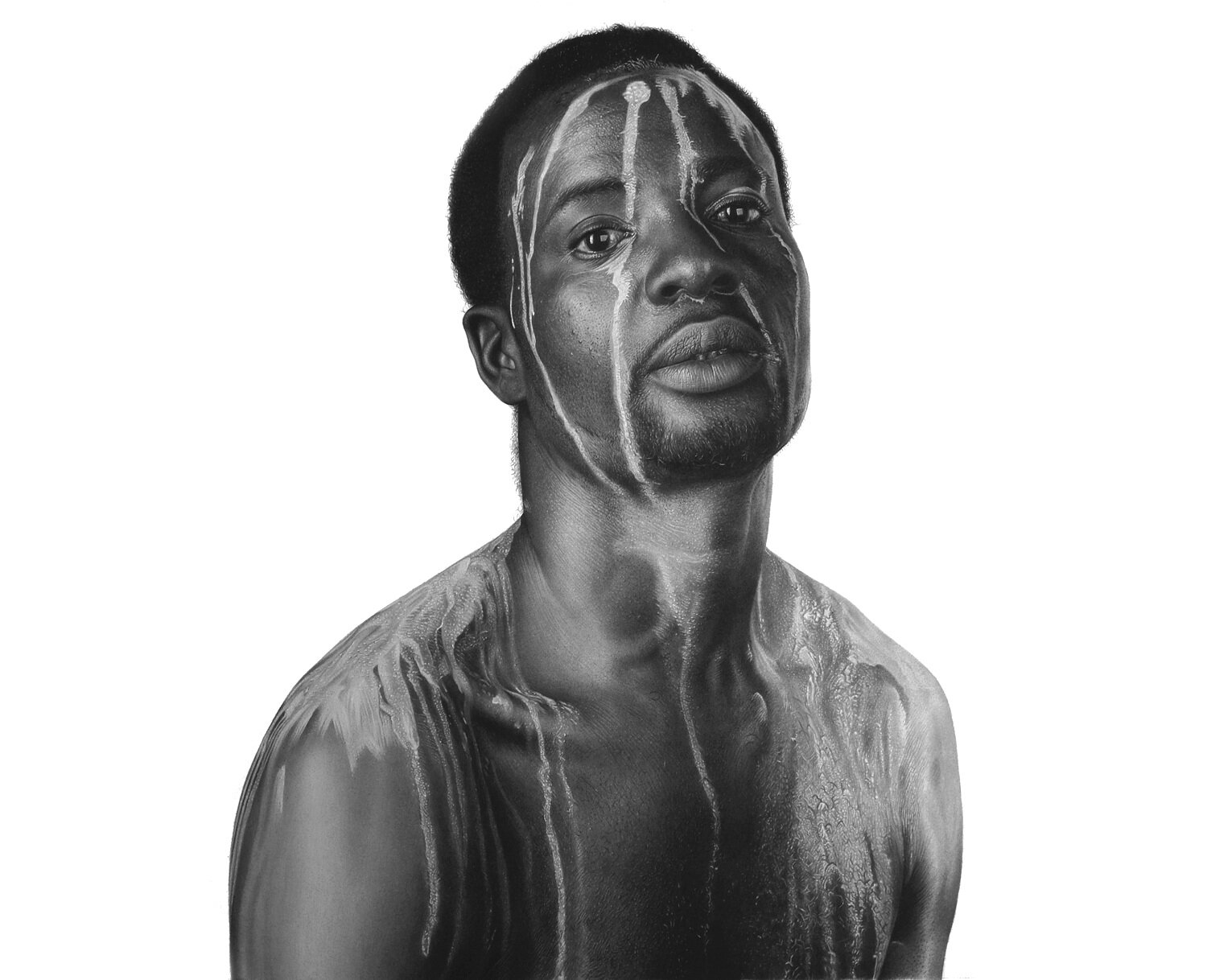
Idem
Charcoal on paper. 74 × 59cm. Sold
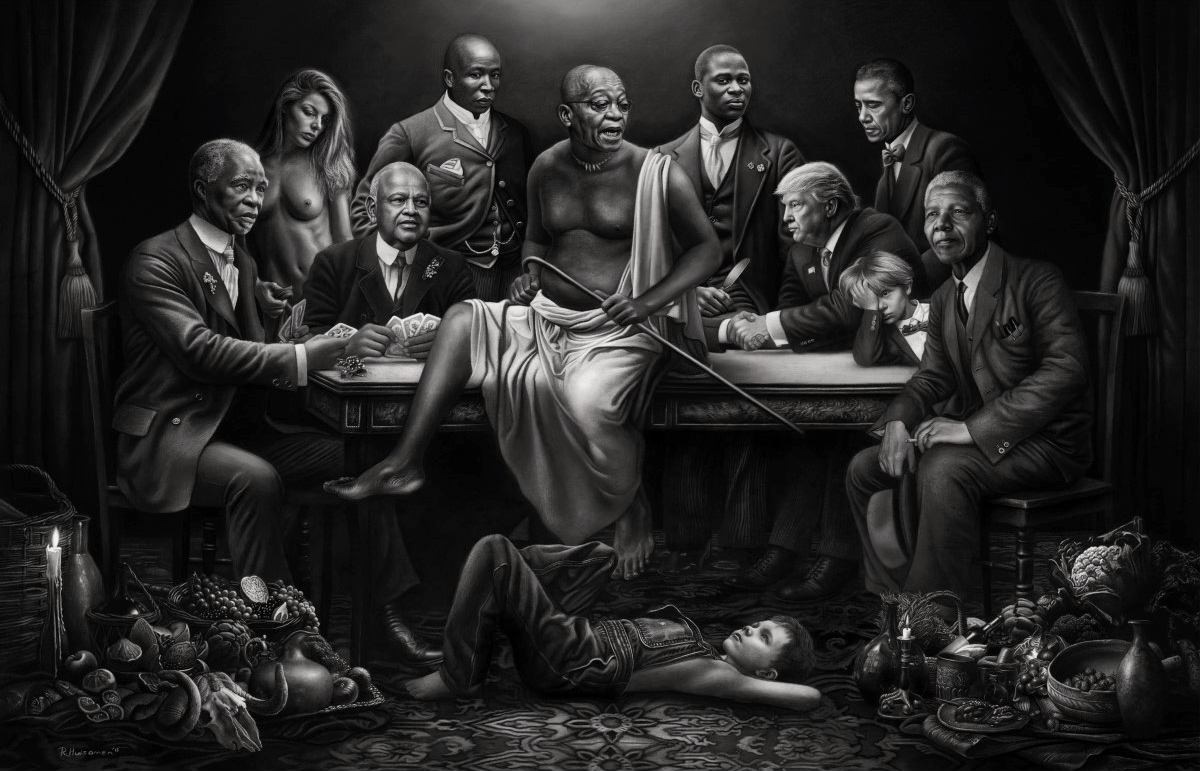
The Great Game
Exhibited at L’Acte Finale, GUS Gallery, 2019. Sold
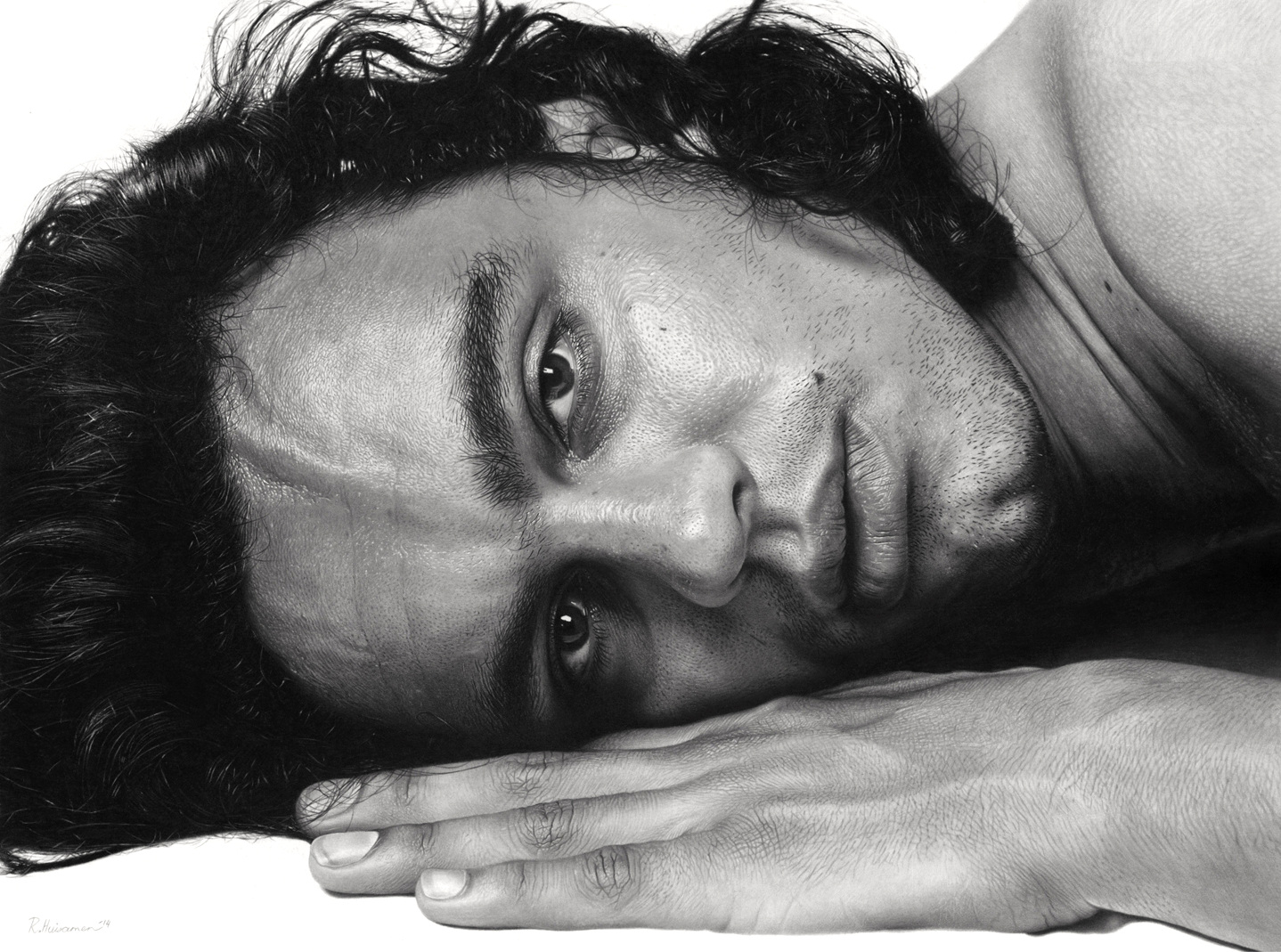
Vestige
Charcoal on paper. 84 × 57cm. May 2014. Sold

Ecce Homo
Charcoal on paper. 72 × 61cm. November 2014. Sold
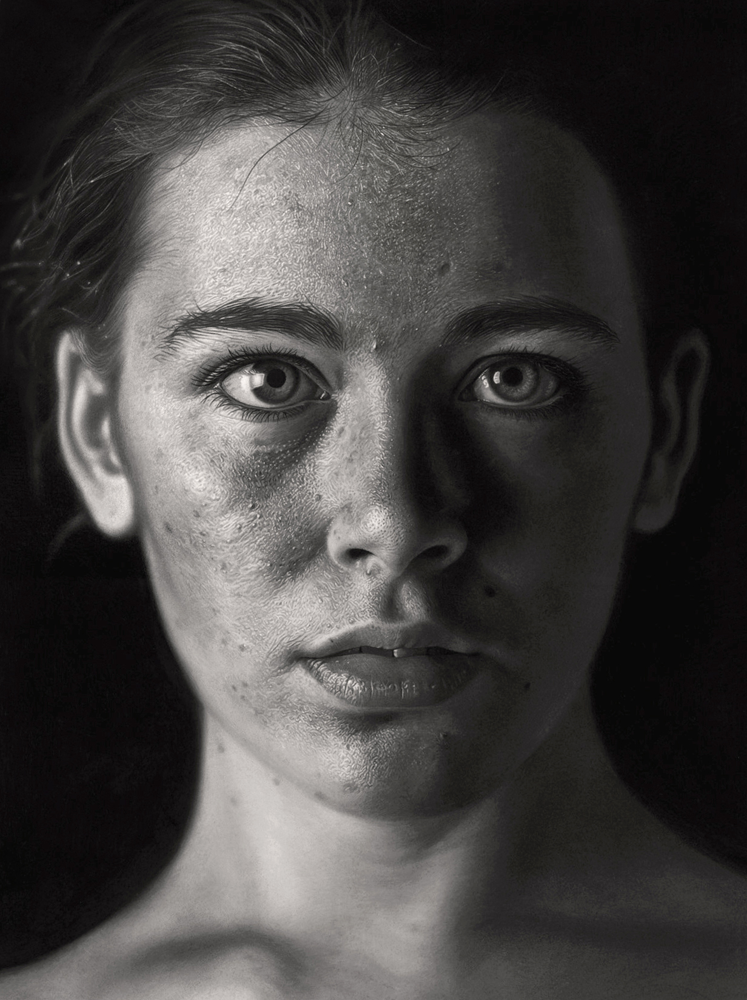
Aimee
Charcoal on paper. 75 x 63cm . Sold
Awarded special merit at the 2019 Sanlam Portrait Award

Ecce Homo II
Charcoal on paper. 84 x 59 cm. Sold

Effigy
Charcoal on paper. 84 × 59cm. 2020. Sold

Lacunae
Charcoal on paper, 108 × 76cm ,2018. Sold
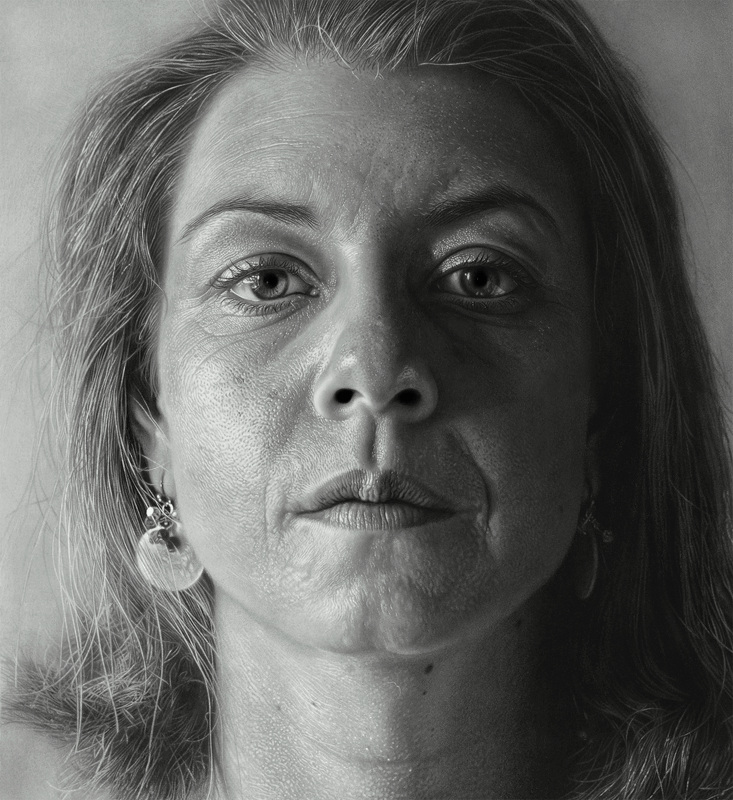
Silver
Charcoal on paper. Sold

Wastrel
Sold
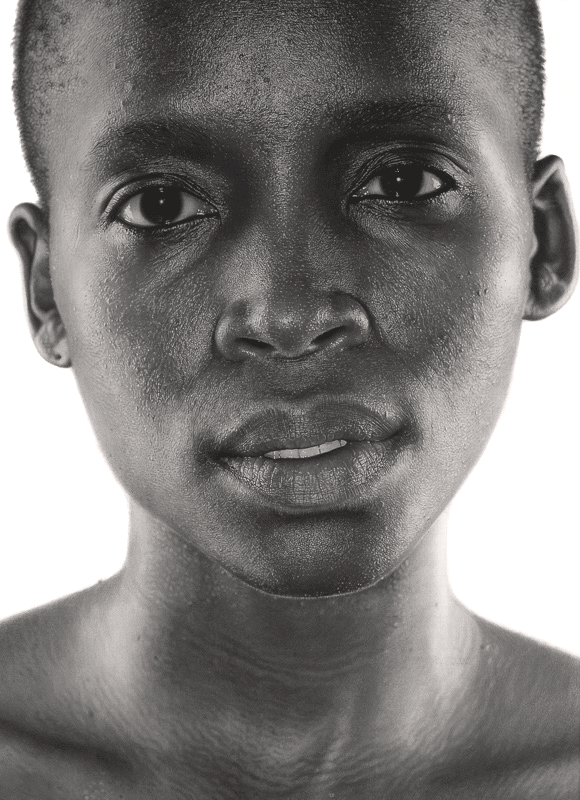
Mandi
Finalist at the 2015 Sanlam Portrait Award. Sold
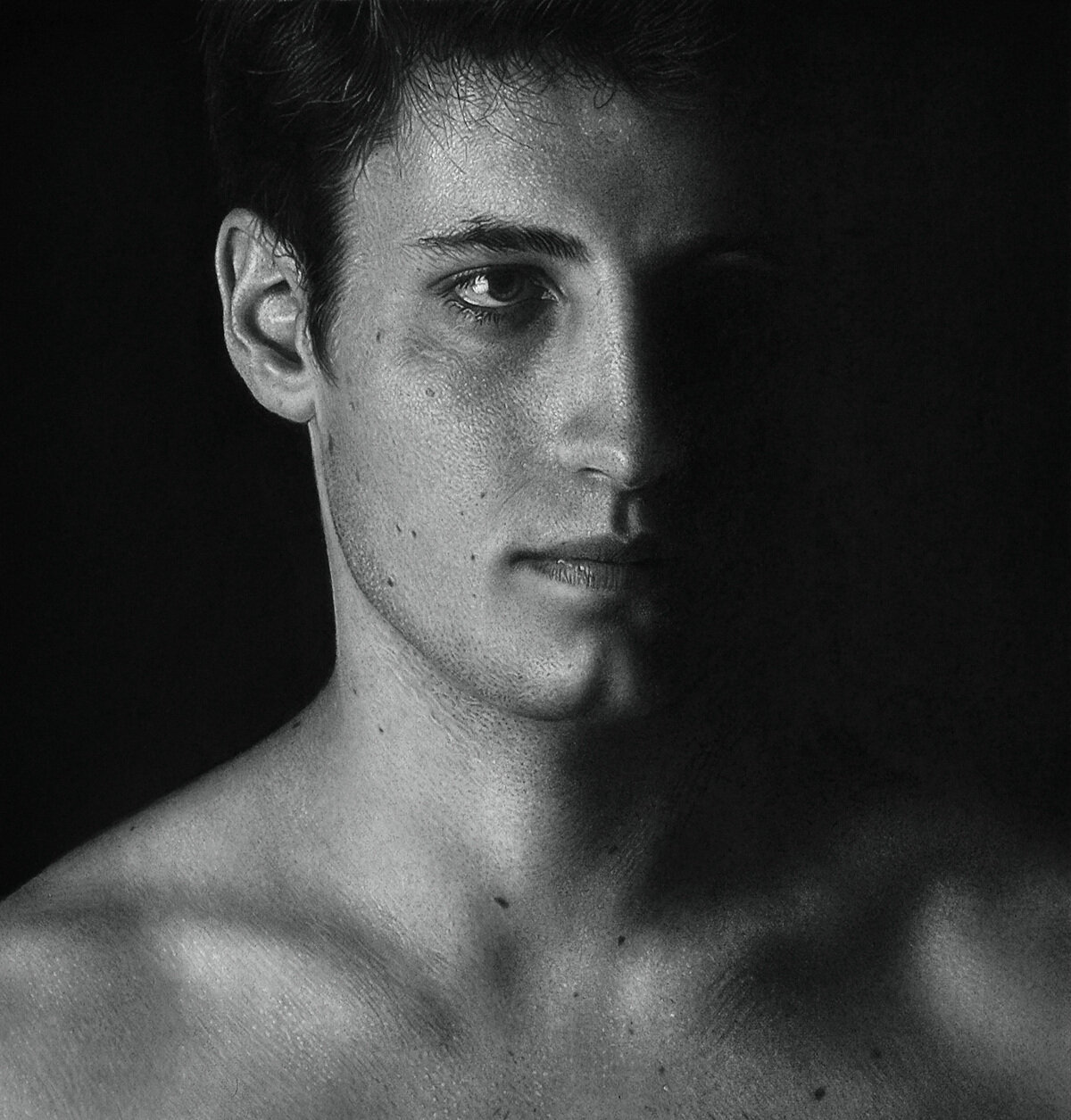
Binary
Sold

Mime I
Charcoal on paper. 80 x 62 cm. August 2024. Sold

Mime II
Charcoal on paper. 75 × 69cm. October 2024. Sold

Fiore
Charcoal on paper, 84 x 59 cm, October 2022. Sold

Entres Nous
Sold
“It bides its time in bedrooms, cellars, trunks, and bookshelves; and that perhaps the day would come when, for the bane and the enlightening of men, it would rouse up its rats again and send them forth to die in a happy city.”
–Albert Camus, The Plague (1947)
German philosopher Hegel once remarked that ‘The owl of Minerva spreads its wings only with the coming of the dusk’, a now-common metaphor signifying that an era cannot be judged, or indeed properly understood until it has entered its twilight phase.
This work was conceived and created at a time when the COVID 19 pandemic appeared to be approaching its inglorious resolution. In keeping with the exhibition theme, I devised a celebratory dinner scene with two aged paramours separated on opposite ends of a table, each immersed in their reveries. Placed between are various apparatuses signifying pestilence such as the rat and plague doctor’s mask.
It is not pleasant to contemplate the thoughts that must be passing through Minerva’s owls in the distance, as they undertake the task of interpreting the era of the recent pandemic and its many contradictory revelations on organized human life.
Strange times. Poor owls.

Murmur of Innocence
Sold
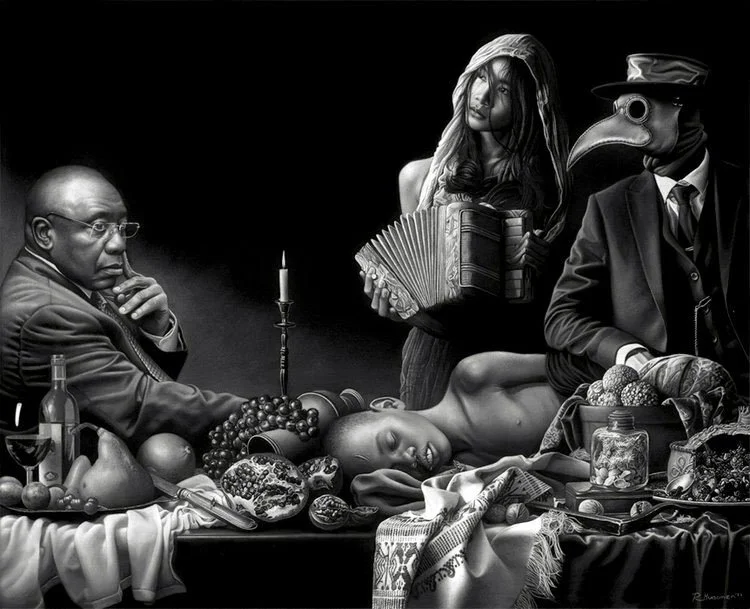
Cibrus
Charcoal on paper.80 x 65 cm. Sold
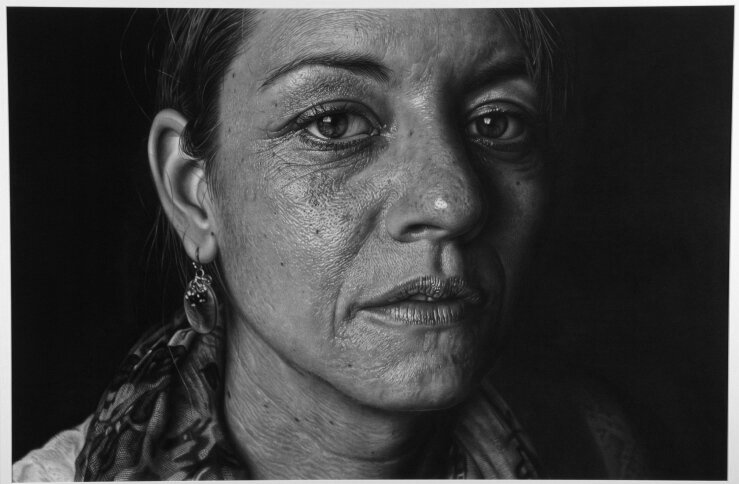
A Portrait of the Artist as a Young Woman
Charcoal on Paper. 82 x 59 cm. Sold
Exhibited at the inaugural Sanlam Portrait Awards in 2013
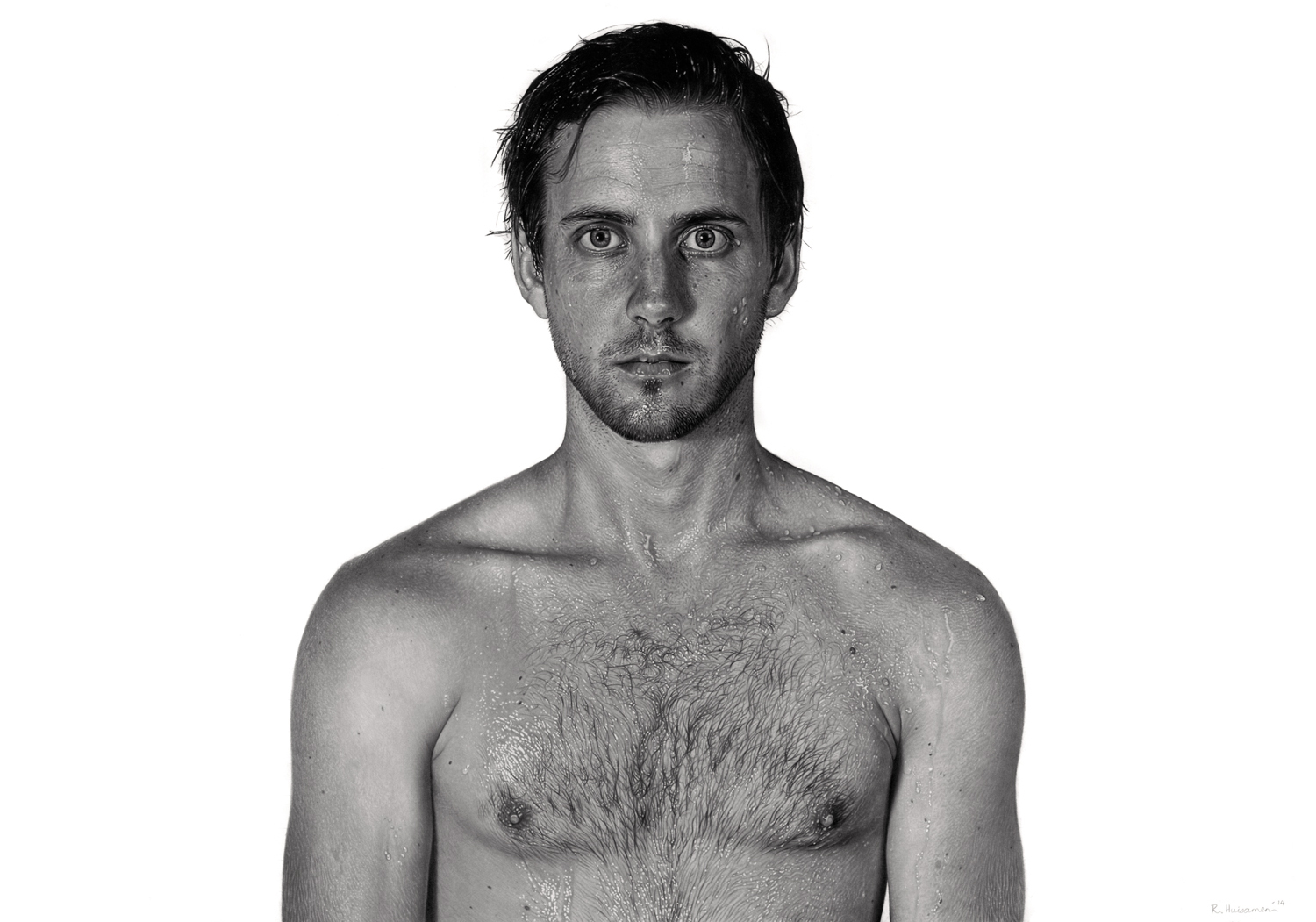
Untitled I
Sold

Votum
Charcoal on paper. March 2024. Sold

Dowery
Charcoal on paper. 160 × 100cm. December 2019. Sold
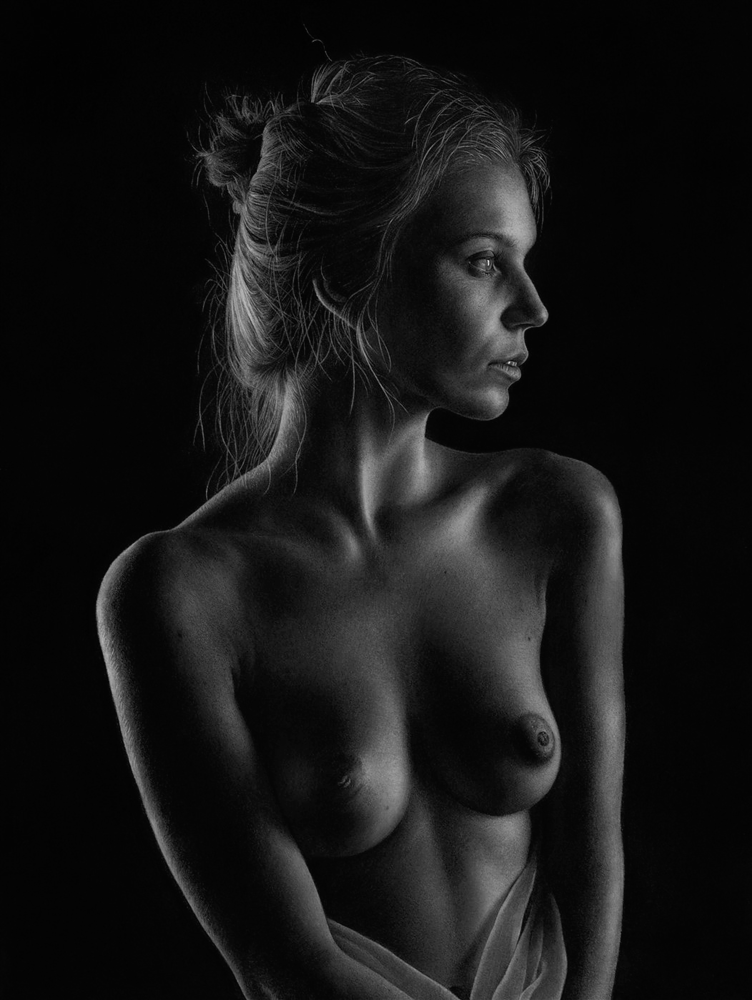
Female Nude Study
Sold

Female Nude Study II
Sold
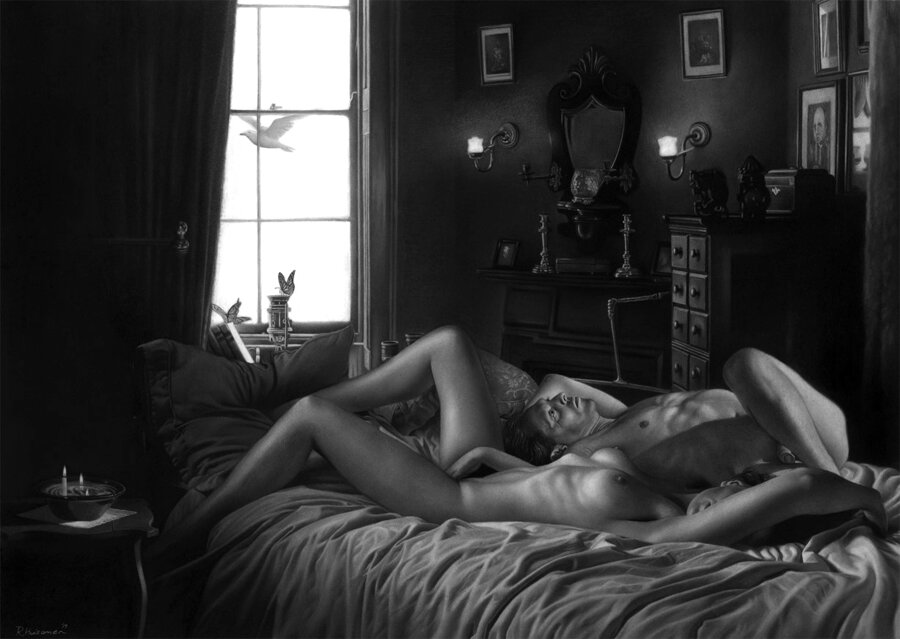
Spoorloos
Charcoal on paper. 84 x 59cm. SOLD
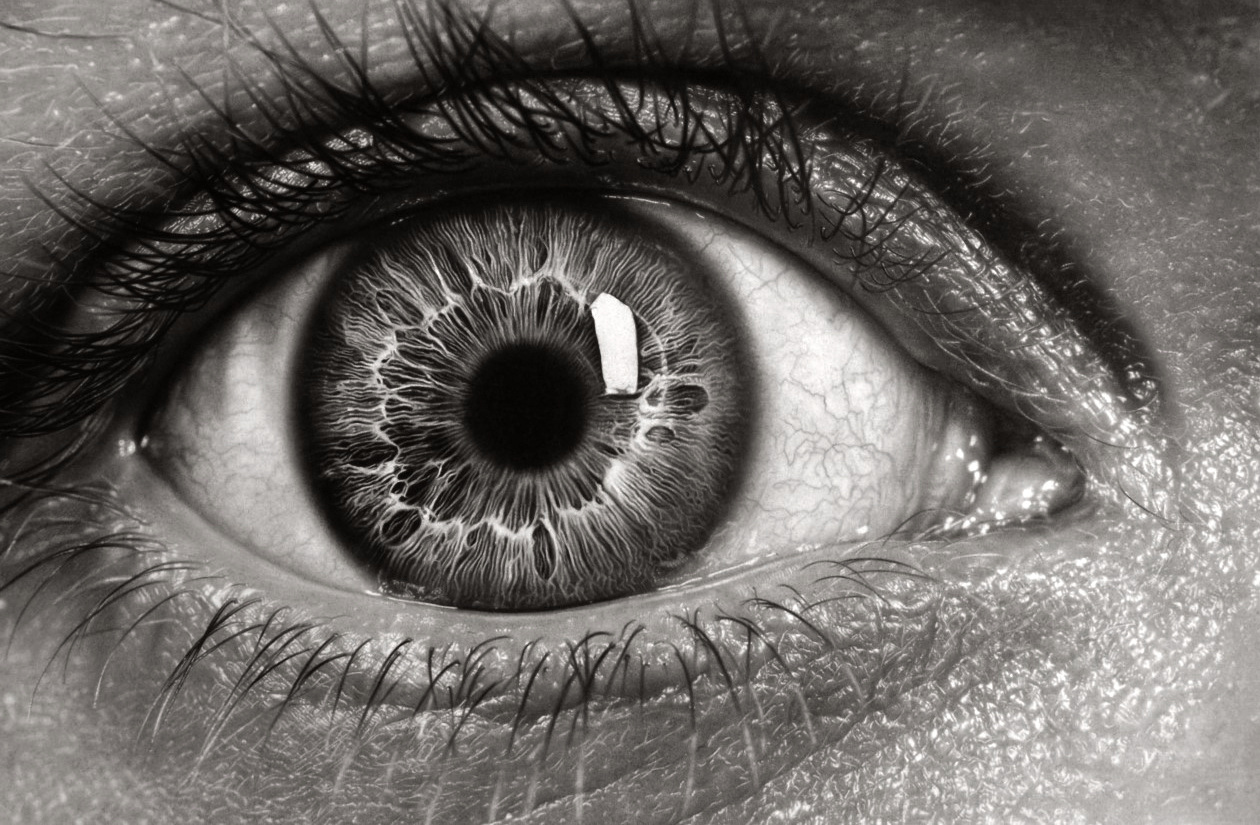
Oculus
Sold

Desolate Dinner
Sold

Crown
Charcoal on paper, 55 × 50cm, March 2025

Corvus
Charcoal on paper, 84 x 59cm, July 022. Sold

Filius
Charcoal on paper, 40 X 40cm, November 2023. Sold
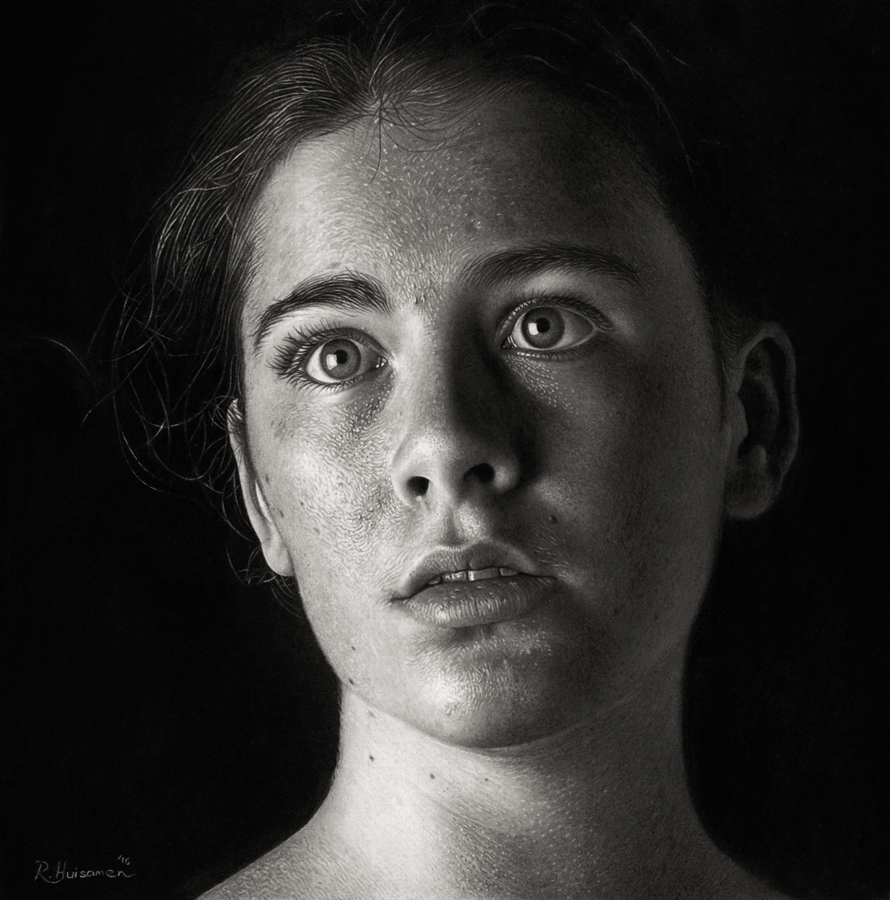
Platinum
Charcoal on Paper. 25 × 25cm. July 2016. Sold

Without Time
Charcoal on Paper. 42 ×29cm. November 2016. Sold
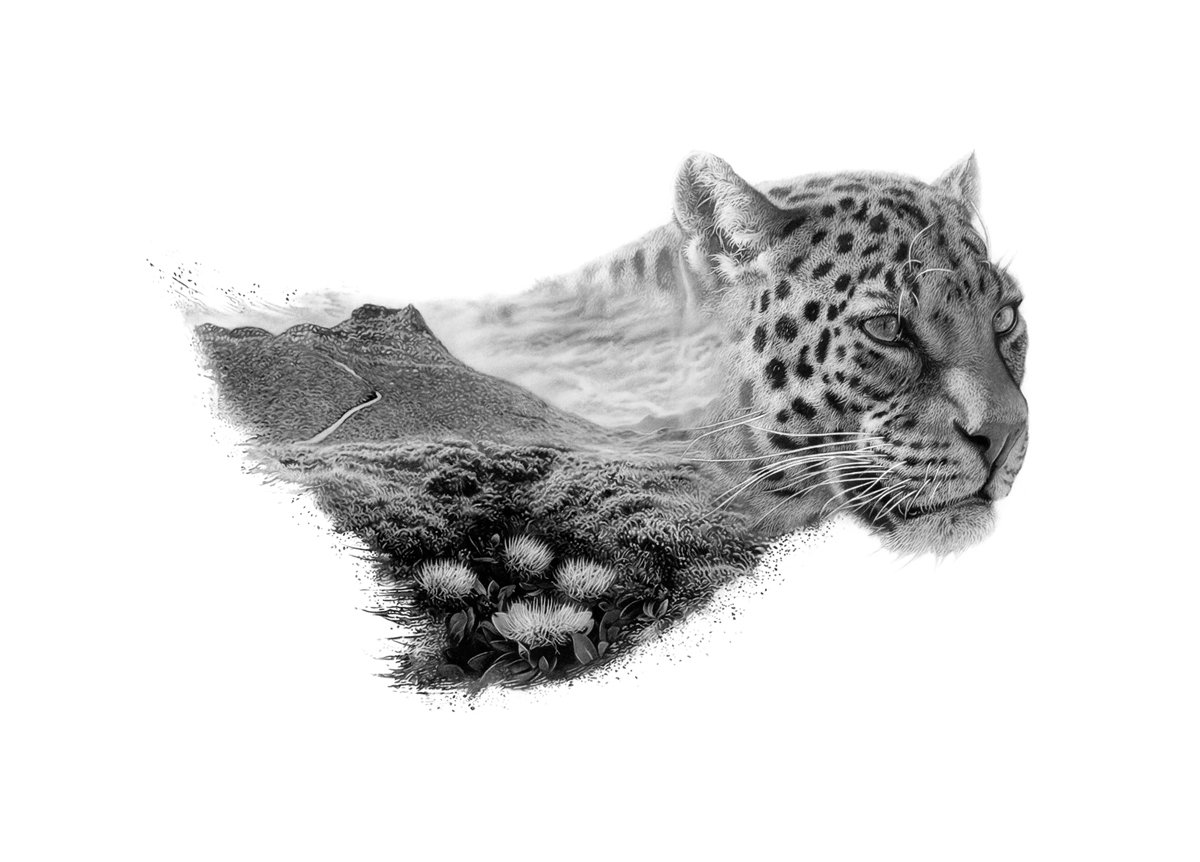
Tieberg
Charcoal on paper. 58 x 42 cm. Sold









































